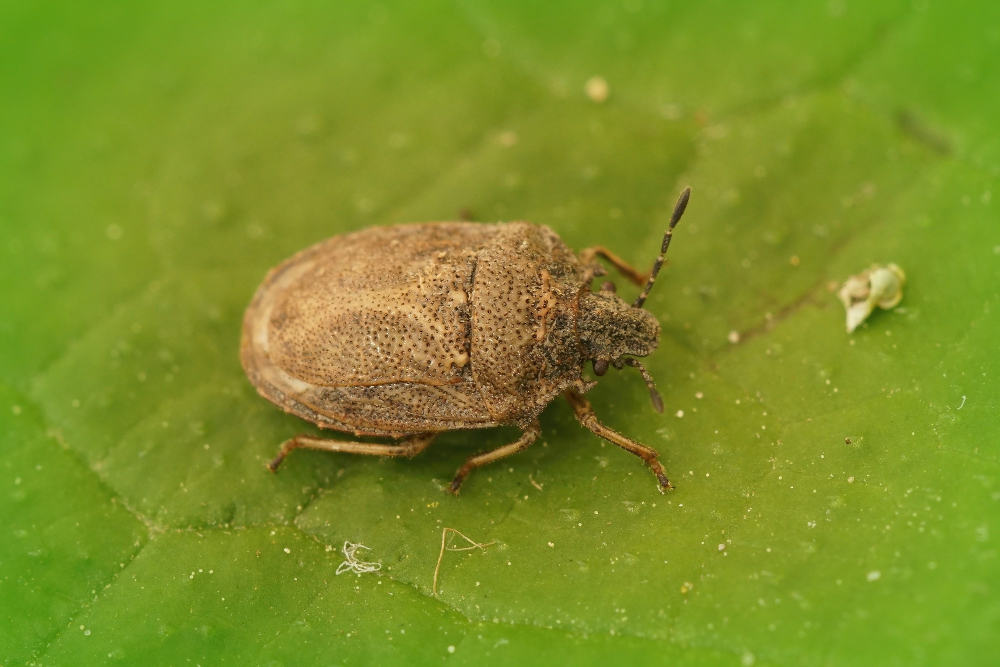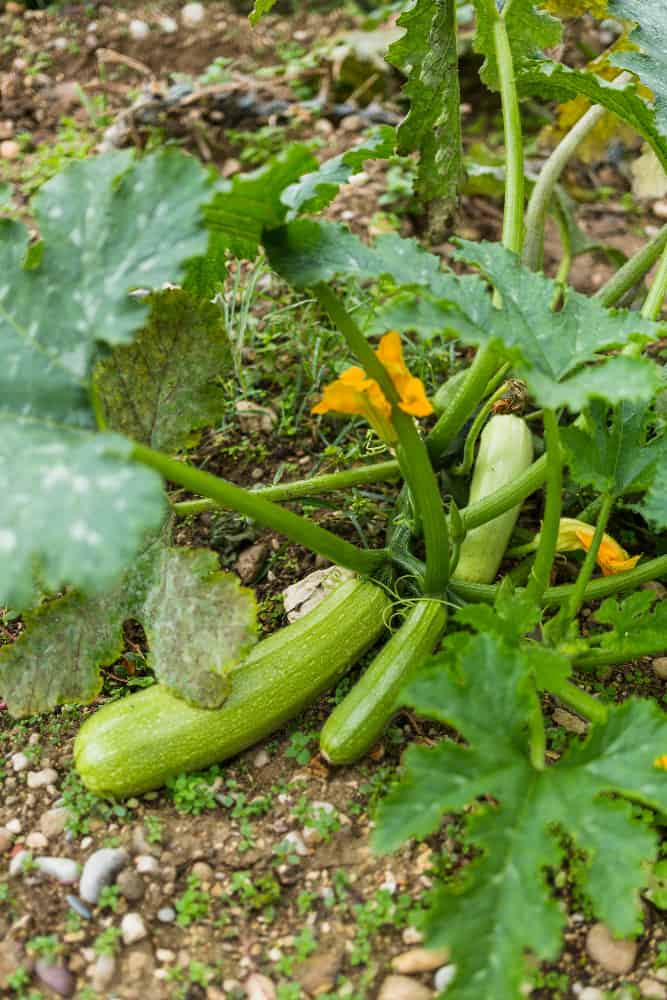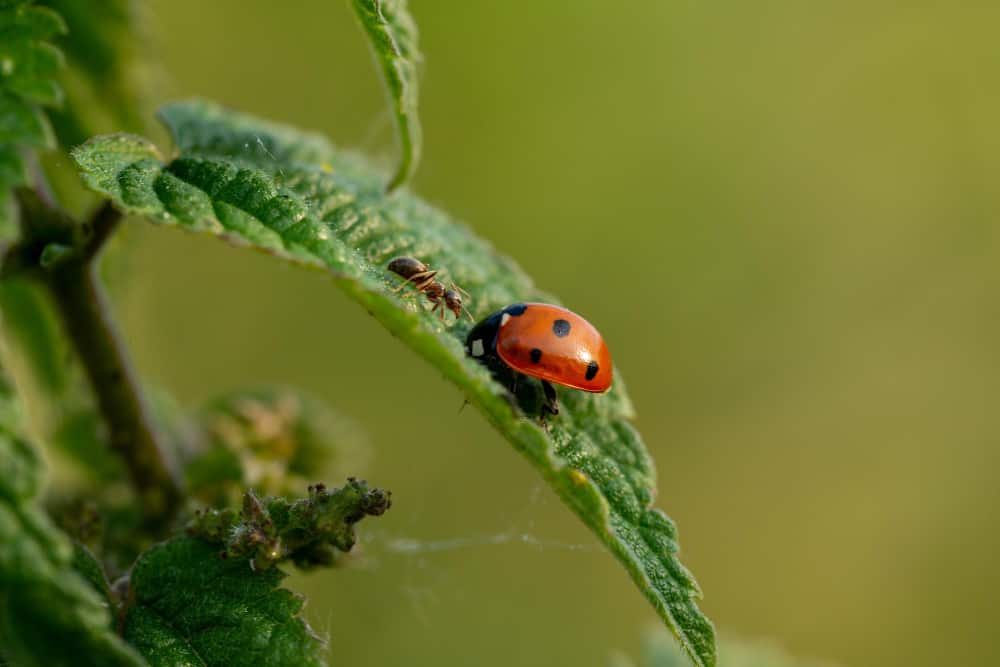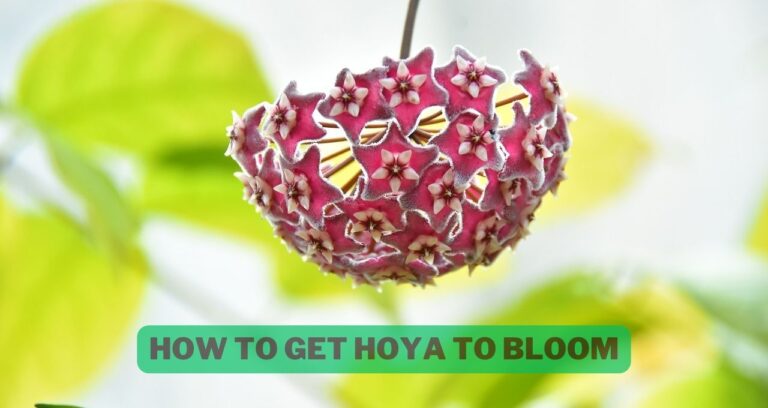How to Prevent Squash Bugs: Essential Tips
Squash bugs have the potential to be a grower’s worst nightmare. They are challenging to control and can decimate an entire crop. If you are a grower, you know that the first step in preventing squash bugs is very important.
We will cover how to prevent squash bugs from infesting your plants and causing damage.
Understanding Squash Bugs

Squash bugs belong to the cucurbit family. It can cause significant damage to your vegetable garden during the growing season. So, It is crucial to identify them early on to control them.
These insects infest not squash plants. But also cucumber plants, melon plants, and other cucurbit plants.
By feeding on plant sap, they create yellow spots on leaves and stunt the growth of the plants. To prevent infestation, it’s essential to implement squash bug control measures early.
Knowing these pesky insects and their habits can help protect your cucurbit plants and ensure a healthy harvest.
Essential Tips: How To Prevent Squash Bugs
Winter squash is a popular crop among gardeners but is prone to squash bug infestations. These pests can cause significant damage to winter squash plants and related cucurbits. Including pumpkins, melons, and cucumbers. Here are some essential tips to prevent squash bugs from invading your garden:
Choosing Resistant Varieties
It can cause significant damage to pumpkin plants. Resulting in wilted leaves and sometimes plant death.
One effective strategy is to choose resistant varieties of squash. These types are well-known for their ability to withstand pests.
For example, the Royal Acorn squash variety has shown resistance and helped reduce infestation risk. To find resistant varieties, check seed catalogs or consult local gardeners. who have experience with varieties.
By selecting the right varieties, You can protect plants more effectively.
Companion Planting Techniques
Companion planting techniques can be highly effective in preventing squash bugs. One technique is to plant mint, marigolds, or tansy near squash plants. These companion plants emit odors that squash bugs dislike, reducing the risk of infestation.
Also, cucumbers and cucurbit plants can be planted as companions to squash. Not only do they support each other when grown on a trellis, but they can also attract predators of squash bugs.
Beneficial Insects
Creating a garden environment that attracts beneficial insects. Such as tachinid flies, lady beetles, or lacewings. Those insects play a crucial role in preventing squash bugs.
They are natural predators and can help reduce their numbers. Avoid using pesticides that harm these beneficial insects. They disrupt the natural pest control system.
By promoting the presence of beneficial insects in your garden. You can create a balanced ecosystem . that keeps squash bug populations in check without harsh chemicals. This approach benefits both your cucurbit plants and promotes garden health.
Regular Monitoring
Regular Monitoring is crucial in preventing those infestations. Examine the undersides of leaves, as this is where squash bug eggs and nymphs are often found.
Early identification allows timely control, reducing plant harm. This is best done in the morning when they are most active.
Keep a close eye on your plants and take action at the first sign of these pests. Protect your plants from squash bugs’ destructive feeding habits.
How to Eliminate Squash Bugs
If, despite your best efforts. Those bugs have made their way into your garden. There are multiple techniques available for you to employ to eradicate them.
Handpicking and Drowning Method
One effective method is handpicking and drowning. Examine your plants, particularly the lower surfaces of leaves, vines, and newly sprouted seedlings. Pick them off by hand when you spot adult squash bugs, nymphs, or eggs.
Either squish or drop them into a soapy water mixture to eliminate them. This manual control method is especially beneficial for small gardens and can help reduce the infestation of squash bugs.
To safeguard your plants from the harm caused by Anasa tristis. It is essential to remove and submerge these pests. And prevent the spread of bacterial wilt or cucurbit yellow vine disease.
Also Read :- Conquering Tiny Silver Bugs in Houseplant Soil
Trapping Techniques
You can also consider using yellow sticky traps to catch cucumber beetles or protect your zucchini plants. These traps attract and capture adult squash bugs. Or place boards or cardboard near your plants and check them daily.
Those bugs often hide underneath these materials. So you can identify and remove them. Companion planting can also help trap squash bugs. Consider planting marigolds or trap crops like radishes, as these can attract and trap the bugs.
Also, you can use a portable vacuum cleaner to extract squash bugs from your plants.
Use of Organic Sprays
Organic sprays like neem oil or insecticidal soap can prevent squash bugs. To maximize its effectiveness, apply during the early morning or evening hours when squash bugs are not as active.
Reapply the organic sprays because they degrade when exposed to sunlight and rain. To prevent developing resistance, alternate between different types of organic sprays. Use caution while applying organic sprays. Because they can harm beneficial insects and pollinators if not done correctly.
Dish soap can be another efficient technique. Mixing dish soap and water in a spray bottle and spraying it on your plants. It can help deter squash bugs from laying eggs on them.
Row covers
Another effective method to keep squash bugs out of small plants is to use row covers. The bugs can’t get to your plants because these covers are a physical barrier. Make sure the row covers’ edges are closed so bugs can’t get through the gaps.
When using row covers, uncover your plants during flowering. So that pollinators can access them. Once pollination is complete. You can reapply the row covers to continue protecting your plants.
Using insecticides is an effective method to protect your plants from squash bug infestations. However, reaching egg masses and nymphs can be challenging; they often hide near the plant’s crown.
Identifying Squash Bugs and Their Damage

Squash bugs belong to the cucurbit family. They can wreak havoc on your vegetable garden if not identified and dealt with early on.
Adult squash bugs can be recognized by their black legs, inch-long bodies, and a distinct squash-like odor. Eggs are laid in groups on the lower surfaces of leaves.
The young nymphs have black legs, while the older ones have gray legs. Squash bug damage manifests as yellow spots, wilted foliage, and stunted plant growth.
Squash bugs and stink bugs have a similar appearance and are frequently mistaken for each other. However, stink bugs are distinguishable from squash bugs by their wider and rounder shape. Their odor is unpleasant when disturbed, unlike squash bugs’ when squished.
Stink bugs prefer to feed on tomatoes and legumes rather than cucurbits, which are the primary targets of squash bugs.
Squash bugs damage vegetable gardens by sucking the sap from squash, cucumber, and melon plants. They can cause symptoms such as wilting, yellowing leaves, and stunted growth. Their feeding can transmit bacterial wilt disease to the plants. It leads to further damage and potential crop loss.
Read More : Planting Grass Seed After Weed Killer
Life Cycle of Squash Bugs
Squash bugs are known to overwinter as adult insects. They take refuge in plant debris, trellises, or compost.
When early summer arrives, these adult squash bugs emerge from their hiding spots and lay their eggs on the leaves of squash plants. These eggs hatch, giving rise to squash bug nymphs that go through different stages known as instars.
During this time, the nymphs feed on the plant juices and mature. As they grow, they molt, shedding their old exoskeletons until adulthood.

How do squash bugs damage vegetable gardens?
Squash bugs damage vegetable gardens by sucking the sap from plants. It’s causing wilting and stunted growth. They also inject toxic saliva that can cause yellowing and browning of leaves. Squash bugs lay their eggs on leaf undersides, which hatch into plant-eating nymphs.
Can I use pesticides to control squash bugs?
Pesticides can eliminate squash bugs. But use them wisely and carefully follow the instructions provided on the bottle. These are some insecticides that work on squash bugs:
- Cyhalothrin: This is a man-made pyrethroid pesticide that works on squash bugs.
- Cyfluthrin: It is another man-made pyrethroid herbicide that works well against squash bugs.
- Neem Oil:– Neem oil is an organic bug killer.
- Horticultural oil: This is another natural bug killer that works on squash bugs.
You should know that chemicals can hurt good bugs like bees and other pollinators. Use them as a last option and only when necessary. Also, when using pesticides, you should always follow the directions on the package and wear clothes that protect you.
Also Read :- How Do I Get Rid of Spittlebugs on Plants
Conclusion
Following those tips, you will understand how to prevent squash bugs and protect your vegetable garden from their damage. It is important to recognize the signs of squash bug infestation so you can act when you see those bugs.
Sources:
1. J. Capinera, “Squash Bug,” University of Florida Entomology & Nematology,
2. W. Cranshaw, “Squash Bug: Management in Home Gardens,” Colorado State University Extension,





